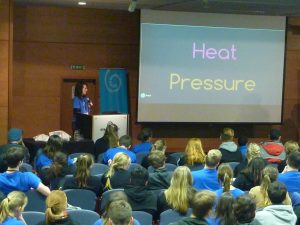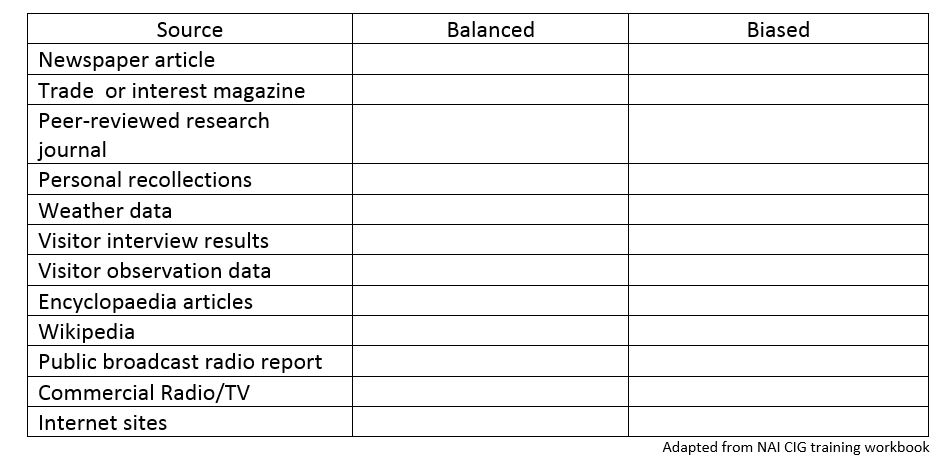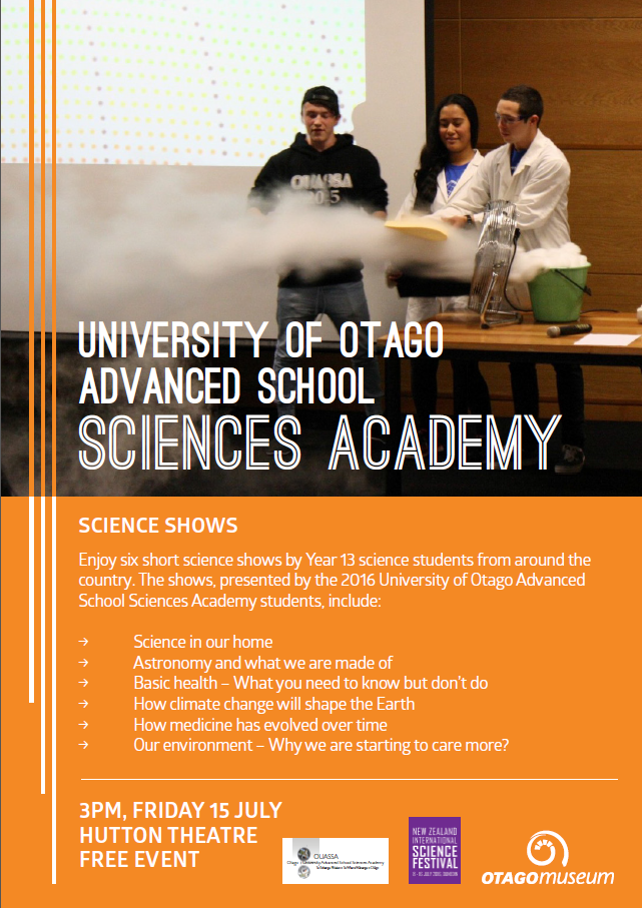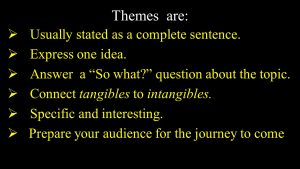“Many years later, as he faced the firing squad, Colonel Aureliano Buendía was to remember that distant afternoon when his father took him to discover ice.”
—100 Years of Solitude by Gabriel García Márquez
“It is a truth universally acknowledged, that a single man in possession of a good fortune, must be in want of a wife.”
—Pride and Prejudice by Jane Austen
“Mother died today. Or maybe yesterday; I can’t be sure.”
—The Stranger by Albert Camus
“The Man in Black fled across the desert, and the Gunslinger followed.”
—The Gunslinger by Stephen King
“As Gregor Samsa awoke one morning from uneasy dreams he found himself transformed in his bed into an enormous insect.”
—The Metamorphosis by Franz Kafka
These are the first lines from some random, well known stories. You can find lists of best first lines or exciting first lines all over the internet. No matter what story they come from though, they all have one thing in common, the first line needs to set the scene but also leave you wanting more.
There’s no doubt that a good story has the power to hook us, reel us in, and capture our imagination until the tale is through. Everyone, young and old loves a great story. A good story can be a powerful vehicle to impart information.
Building on the idea from two weeks ago that to engage an audience, you need to:
- Validate the audience’s thinking
- Take them on a journey
- Be framed within their values
- Fall within social norms
- Involve pictures and graphs (and I would add audience participation!)
Think about the stories that you have enjoyed, did they do these things? Did they validate your thinking? Take you on a journey? Were they framed within your values?
The point is – storytelling is a powerful tool. It may be the most powerful tool that you have to engage with your audience. When you are developing your presentation, think about the story behind it. Take the audience on a journey with you through the story you tell.
Here are a couple of examples for you to look at:
Example 1: Fergus McAuliffe speaking at the TEDX in Dublin tells a story about frogs. I particularly like this example because he has no slides, and only a few simple props, but at the end the audience is absolutely silent and spellbound.
Example 2: Tyler DeWitt speaking to high school science teachers. This one I chose because in contrast to the previous example, he uses visual aids behind him to tell the story. The story was part of a talk to teachers about the differences he found when presenting the material in a traditional way and using the story format (in the video clip) again, an engaging story that makes the science relatable to the audience.
Example 3: This is a LONG story but it is a good one. Jay O’Callaghan was commissioned to make a story as part of NASA’s 50th Anniversary. He tells a love story between two young NASA interns in modern times but interwoven is a lot of science and history of NASA. He tells it with no props, no visual aids, just a story. Engaging the audience with nothing more (or less) than a story.
Forged in the Stars – Jay O’Callaghan









Recent Comments